VWIC3-2MFT-T1/E1
Quick Specs
Figure 1 shows the appearance of VWIC3-2MFT-T1/E1.
Table 1. Cisco MFT VWIC3 Platform Support and Minimum Cisco IOS Software Release .
|
Part Number |
VWIC3-2MFT-T1/E1 |
|
Cisco 1900 Chassis EHWIC Slots |
15.0(1)M3, 15.1(1)T1, 15.1(2)T |
|
Cisco 2900 Chassis EHWIC Slots |
15.0(1)M3, 15.1(1)T1, 15.1(2)T |
|
Cisco 3900 Chassis EHWIC Slots |
15.0(1)M3, 15.1(1)T1, 15.1(2)T |
* VWIC3-4MFT-T1/E1is supported on Cisco 2911, 2921, 2951 and Cisco 3900 Series routers
Table 2. Cisco MFT VWIC3 Card Feature Comparison.
|
Part Number |
VWIC3-2MFT-T1/E1 |
|
Number of Ports |
2 |
|
T1 Support |
Yes |
|
E1 Support |
Yes |
|
Unstructured E1 (G.703) Support |
No |
|
Data Support WIC Mode |
Yes |
|
Voice Support VIC* |
Yes |
|
Drop-and-Insert Multiplexing |
Yes |
Table 3. Cisco MFT VWIC3 Card Configuration Comparison.
|
Configuration Description |
2-port Cards VWIC3-2MFT-T1/E1, |
|
Data Only |
|
|
Serial Data (channel-group*) |
2 total |
|
Voice Only |
|
|
Voice CAS (ds0-group) |
48 total (T1) |
|
Voice, Video and Data |
|
|
PRI (pri-group*) |
2 total |
|
Drop & Insert (tdm-group) |
48 total (T1) |
* Channel Group refers to bonding of one or more timeslots into a single HDLC-framed serial connection for IP data traffic connectivity. This is used for HDLC, Frame Relay and MLPPP serial WAN connections.
Ds0 Group refers to Bonding of one or more timeslots into a single TDM voice connection using Channel Associated Signaling (CAS) such as E&M, FXS or FXO. This is used for TDM PBX or PSTN connections and typically deployed only on T1.
* PRI Group refers to bonding of two or more timeslots into a single TDM connection using ISDN signaling. This is typically used for TDM PBX or PSTN voice and video connections on T1 and E1, and also for data WAN connections on E1. Each call on the PRI is individually indicated as being a voice, video or data call with the ISDN bearer capability delivered with the call. Signaling is done on the D-channel, which is always channel 24 on a T1, and channel 31 on an E1.
TDM Group refers to cross-connecting one or more timeslots from one TDM interface to another. This is used to groom channels from different access points onto a combined T1 or E1 uplink. Since the router merely cross-connects and does not interpret or route the traffic from the ingress interface to the egress interface, the traffic type (voice, video and data) is transparent to the router.
Description
VWIC3-2MFT-T1/E1 Overview
Cisco third generation Voice & WAN T1/E1 interface card supports voice and data application on Cisco ISR 2 1900/2900/3900 series platform. This module integrate with 2 T1/E1 interfaces, one port can configure for unstructured E1 (G.703) while configuring the other for structured framed E1 to support both Voice and WAN connectivity via one interface module.
VWIC3-2MFT-T1/E1 Specification
VWIC3-2MFT-T1/E1 Specification |
|
| Manufacturer | Cisco |
| Part Number | VWIC3-2MFT-T1/E1 |
| Device Type | Interface module |
| Form factor | 2-Port T1/E1 Multiflex Trunk Voice/WAN Interface Card |
| Specifications | |
| Number of Ports | 2 |
| T1 Support | Yes |
| E1 Support | Yes |
| Unstructured E1 (G.703) Support | No |
| Data Support WIC Mode | Yes |
| Voice Support VIC* | Yes |
| Drop-and-Insert Multiplexing | Yes |
| Configuration Comparison | |
| Serial Data (channel-group*) | 2 total 2 per port |
| Voice CAS (ds0-group**) | 48 total (T1) 62 total (E1) 1 per timeslot |
| PRI (pri-group***) | 2 total 1 per port |
| Drop & Insert (tdm-group****) | 48 total (T1) 62 total (E1) 1 per timeslot |
| Network Management Features | |
| Telnet or Console | Remote and local configuration, monitoring, and troubleshooting from Cisco IOS Software CLI |
| Simple Network Management Protocol (SNMP) | • Router and DSU/CSU managed by single SNMP agent; router, DSU, and CSU appear as a single network entity to user
• Standard MIB (MIB II) • Cisco Integrated DSU/CSU MIB • RFC 1406 T1 MIB, Including Alarm Detection and Reporting |
| SNMP Traps | Generated in response to alarms |

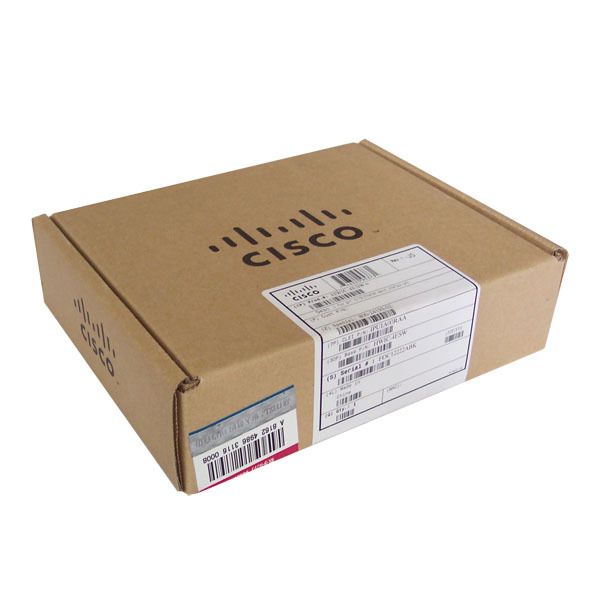
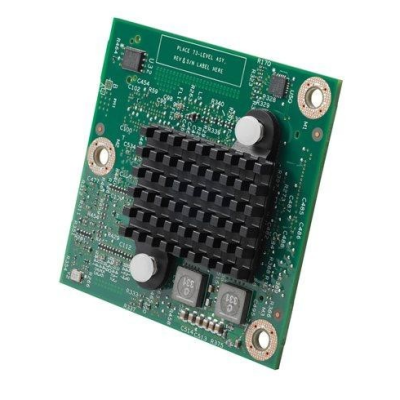
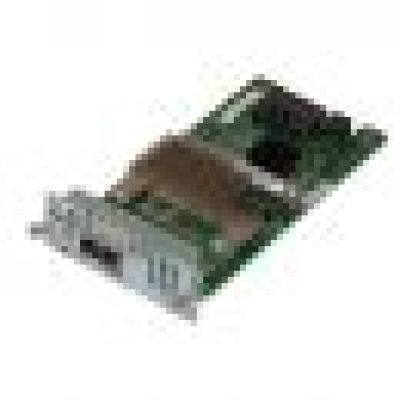

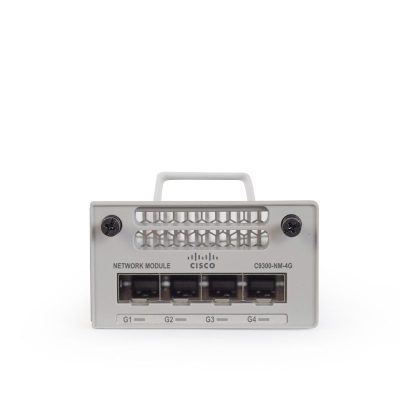

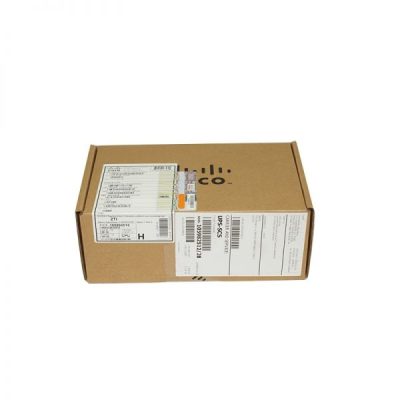
Reviews
There are no reviews yet.